India Leather Apparel Size
India Leather Apparel Market Growth Projections and Opportunities
In 2022, the Indian leather apparel market was estimated to be worth USD 1.7 billion. According to projections, the leather apparel market is expected to increase at a compound annual growth rate (CAGR) of 20.00% from USD 2.04 billion in 2023 to USD 8.771 billion by 2032. The primary market drivers include evolving design trends, growing living standards, rising consumer disposable money, and an increase in both local and international travel.
The leather apparel market in India is shaped by a myriad of market factors that reflect the country's cultural preferences, economic conditions, and the dynamics of the fashion and retail industry. Cultural influences play a significant role in shaping the India leather apparel market. Leather has been a traditional and culturally significant material in India, often associated with craftsmanship and durability. The demand for leather apparel is influenced by cultural events, festivals, and ceremonies, where such attire holds symbolic and aesthetic value.
Economic factors are crucial in the India leather apparel market. The country's economic growth, increasing disposable income, and a burgeoning middle class contribute to the rising consumer spending on fashion and luxury goods. As consumers have more purchasing power, the demand for leather apparel, known for its durability and timeless appeal, has experienced growth. Economic conditions also impact the market by influencing the affordability of leather products for different consumer segments.
Fashion trends and changing consumer preferences significantly shape the India leather apparel market. The influence of global fashion trends, coupled with a growing awareness of international brands, has led to a more diverse range of leather fashion options in the Indian market. Consumers are increasingly seeking leather apparel that blends traditional craftsmanship with contemporary designs, reflecting a fusion of cultural heritage and modern fashion aesthetics.
Retail channels and distribution strategies are crucial market factors. The emergence of e-commerce platforms has transformed the retail landscape, providing consumers with access to a wide range of leather apparel options online. Traditional brick-and-mortar stores, including standalone boutiques and department stores, continue to play a vital role, especially for consumers who prefer to physically experience and try on leather products before making a purchase.
Government regulations and environmental considerations impact the India leather apparel market. Compliance with environmental regulations and ethical sourcing practices is increasingly important for both domestic and international brands. Consumers are becoming more conscious of sustainability, leading to a demand for eco-friendly leather alternatives and a push for ethical practices in the leather industry.
Consumer demographics and lifestyle choices are essential market factors. The diverse demographic makeup of India, with varying age groups and regional preferences, contributes to a broad range of leather apparel styles and designs. Urbanization and changing lifestyles also influence consumer choices, with urban consumers often seeking fashionable and contemporary leather options, while rural consumers may have different preferences rooted in traditional styles.
Brand reputation and marketing strategies are critical in the India leather apparel market. Established brands with a reputation for quality and craftsmanship often have an advantage in gaining consumer trust. Effective marketing campaigns that showcase the durability, style, and cultural appeal of leather apparel contribute to brand visibility and consumer preference.
Competitive landscape and pricing strategies impact the market dynamics. With both domestic and international brands vying for consumer attention, competition in the India leather apparel market is intense. Brands often adopt various pricing strategies, including premium pricing for luxury leather products and competitive pricing to cater to a broader consumer base.
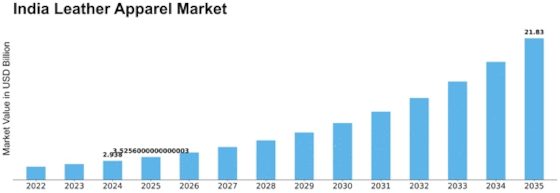

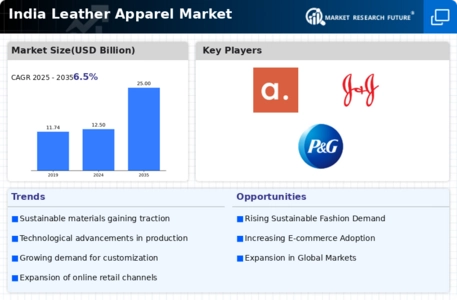
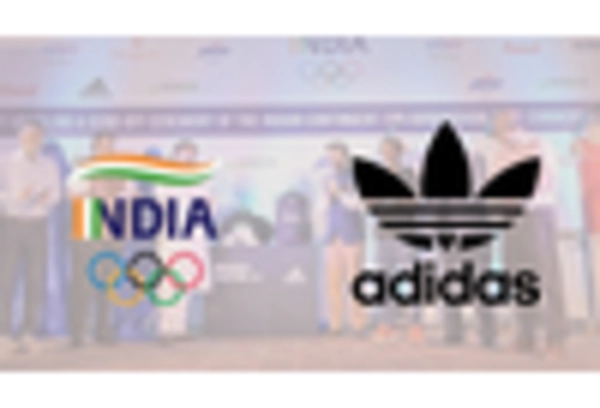
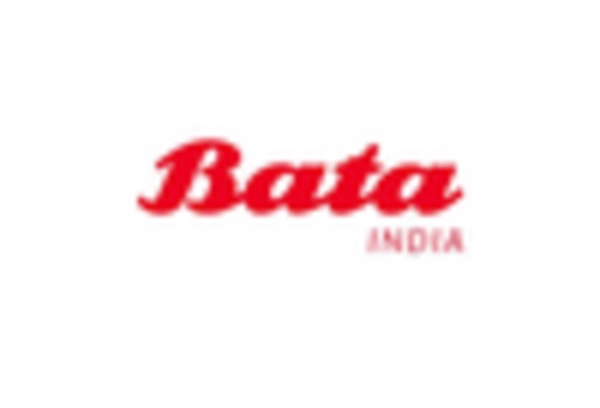

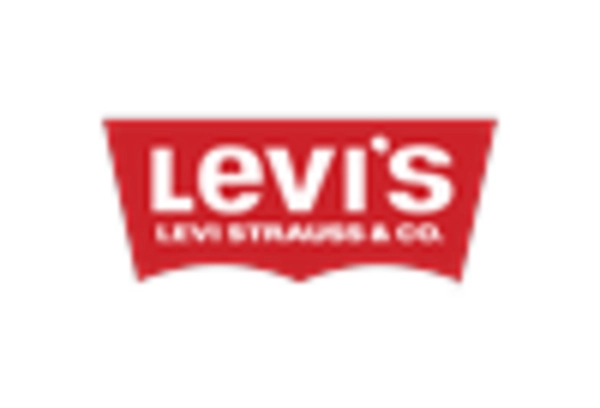











Leave a Comment